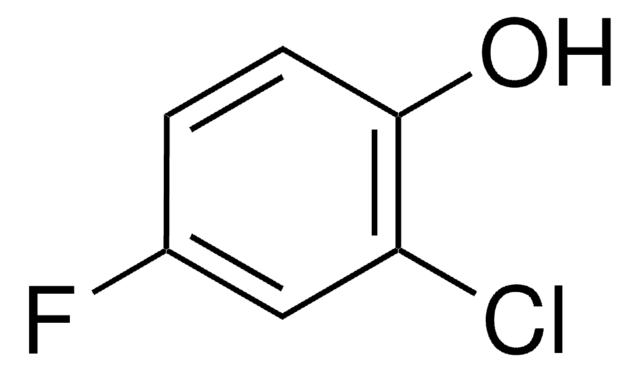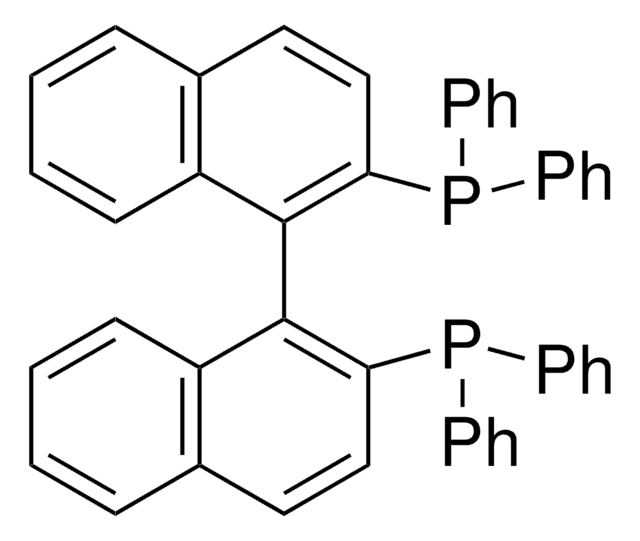Wichtige Dokumente
255645
Cäsiumcarbonat
99.995% trace metals basis
Synonym(e):
Kohlensäure-Dicäsium
About This Item
Empfohlene Produkte
Assay
99.995% trace metals basis
Form
powder
mp (Schmelzpunkt)
610 °C (dec.) (lit.)
Anwendung(en)
battery manufacturing
SMILES String
[Cs+].[Cs+].[O-]C([O-])=O
InChI
1S/CH2O3.2Cs/c2-1(3)4;;/h(H2,2,3,4);;/q;2*+1/p-2
InChIKey
FJDQFPXHSGXQBY-UHFFFAOYSA-L
Suchen Sie nach ähnlichen Produkten? Aufrufen Leitfaden zum Produktvergleich
Allgemeine Beschreibung
Anwendung
- A cathode buffer layer to enhance device stability and power conversion efficiency in polymer solar cells.
- A precursor to prepare alkali-based electrolyte for selective reduction of CO2 by electrocatalysis.
- A base in many organic transformations such as C, N, O alkylation, and arylation reactions.
Signalwort
Danger
H-Sätze
Gefahreneinstufungen
Eye Dam. 1 - Repr. 2 - STOT RE 2 Oral
Zielorgane
Kidney,Adrenal gland,Testes
Lagerklassenschlüssel
13 - Non Combustible Solids
WGK
WGK 2
Flammpunkt (°F)
Not applicable
Flammpunkt (°C)
Not applicable
Persönliche Schutzausrüstung
dust mask type N95 (US), Eyeshields, Gloves
Hier finden Sie alle aktuellen Versionen:
Besitzen Sie dieses Produkt bereits?
In der Dokumentenbibliothek finden Sie die Dokumentation zu den Produkten, die Sie kürzlich erworben haben.
Kunden haben sich ebenfalls angesehen
Artikel
Professor Aran (Claremont University, USA) thoroughly discusses the engineering of graphene based materials through careful functionalization of graphene oxide, a solution processable form of graphene.
Unser Team von Wissenschaftlern verfügt über Erfahrung in allen Forschungsbereichen einschließlich Life Science, Materialwissenschaften, chemischer Synthese, Chromatographie, Analytik und vielen mehr..
Setzen Sie sich mit dem technischen Dienst in Verbindung.








